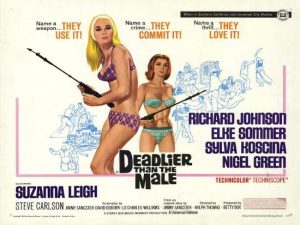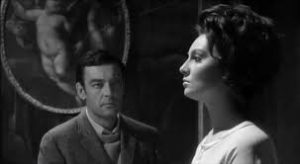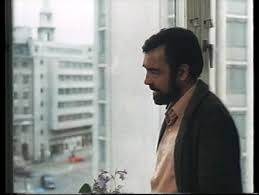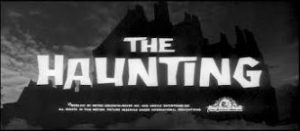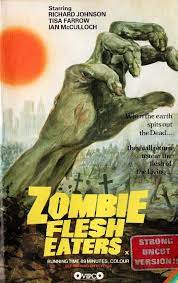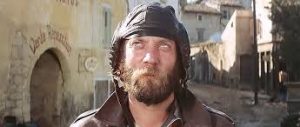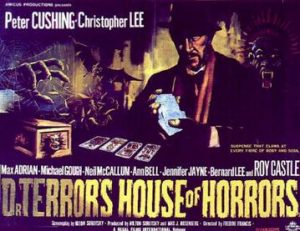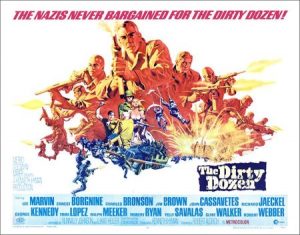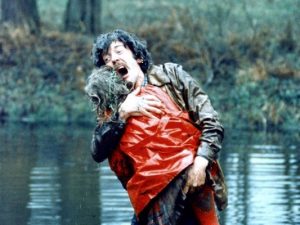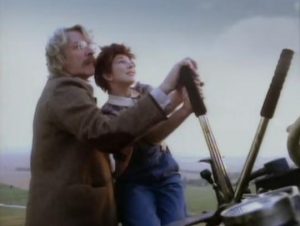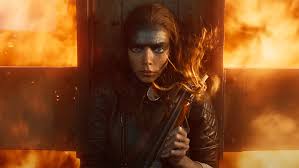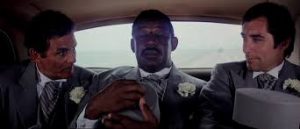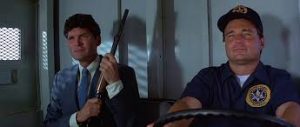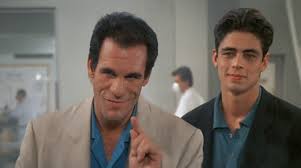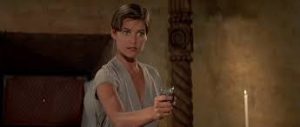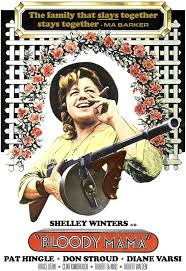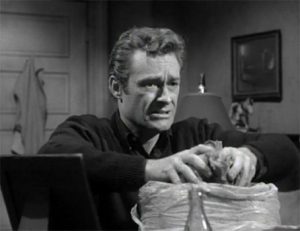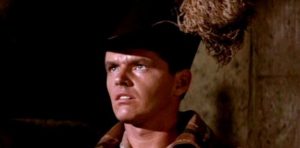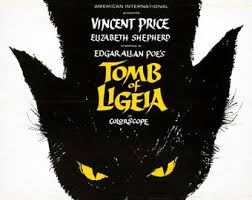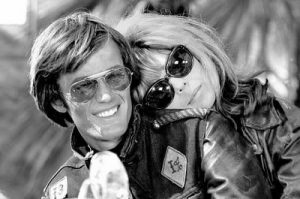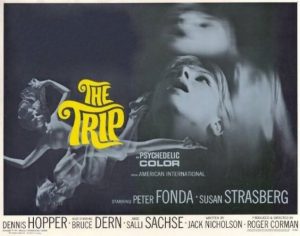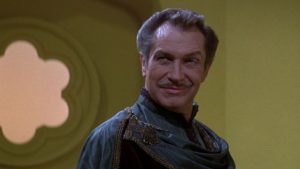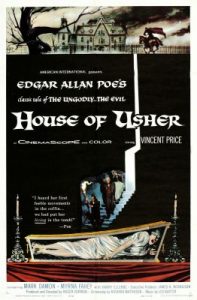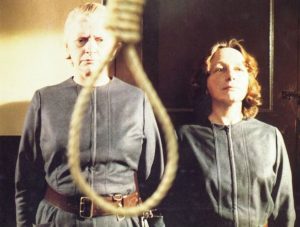
© Film4 / Element Pictures / Fruit Tree / Searchlight Pictures
Finally, I’ve managed to catch up with the movie Poor Things (2023). This is Greek director Yorgos Lanthimos’s adaptation of the novel of the same name, which was written, designed and illustrated by the Scottish polymath Alasdair Gray and published in 1992. Early this year, it got a brief release in Singapore, courtesy of the city-state’s arthouse cinema The Projector. But when I tried to buy tickets for it on a day I wasn’t working, I found it was already sold out. So, I had to wait until it turned up on a streaming service I had access to.
Anyway, nine months later, here are my thoughts on the film and how it compares to Alasdair Gray’s novel. A warning before I proceed – there will be spoilers about both, including about their endings.
I’m a huge fan of Gray, who passed away in 2019, and I consider Poor Things one of the key Scottish novels of the 1990s. It’s a retelling of Mary Shelley’s Frankenstein (1818) set in Victorian Glasgow. The bulk of the book has a narrator, Archibald McCandless, relating how his scientist colleague Godwin Baxter creates a young woman, Bella, out of dead flesh just as Frankenstein did with his creature. What Baxter does is reanimate the body of a drowned woman and replace her brain with that of the baby she’d been pregnant with when she died. Thus, Bella, despite appearing to be an adult, has a lot of learning to do. McCandless falls in love with her despite her initial infantilism (and later childishness and adolescent-ness) and there ensues a highly entertaining mishmash of sci-fi story, horror story, adventure, romance and comedy
I’m less of a fan of Lanthimos, having mixed feelings about his previous films. I thought The Killing of a Sacred Deer (2017) and The Favourite (2018) were all right, but I found his earlier The Lobster (2015) witless and annoying. So, I wasn’t overjoyed to hear that a favourite book of mine was being filmed by someone I was, at best, conflicted about.
The good news is that, for the most part, Lanthimos’s cinematic version is very entertaining too. For me, it’s his most engaging work so far. However, because it’s stuffed to its bulwarks with scenes of sexual shenanigans, those of a prudish disposition would be advised to stay away from it.

© Film4 / Element Pictures / Fruit Tree / Searchlight Pictures
Firstly, it has many good performances. Willem Dafoe does a decent job of playing Godwin Baxter – ‘God’ as Bella refers to him with unconscious irony – although he wasn’t the actor I imagined when I read the book 30 years ago. I’d envisioned the late Robbie Coltrane as Baxter, whom Gray depicted as hulking and huge-headed, though with a high-pitched voice and small, dainty – practically Trump-like – hands. Visually, Lanthimos and scriptwriter Tony McNamara rework the character. They give him an unsettling habit of burping out bubbles and make his face malformed and stitched-together, so that he resembles a cross between Frankenstein’s creature and the 1930s-40s character actor Rondo Hatton, who in real life suffered from the disfiguring disease acromegaly. But, helped by Dafoe’s understated, softy-spoken portrayal, Baxter retains the endearing blend of kindness and stubbornness he had in the novel.
Ramy Youssef is likeable as Max McCandles – the film’s renamed Archibald McCandless – though, as we’ll see, the excisions and simplifications the film imposes on the book make him a less complex character than the one Gray imagined. Meanwhile, the most memorable male performance comes from Mark Ruffalo as Duncan Wedderburn, the lawyer who encounters Bella while doing legal business with Baxter and McCandles, falls in lust and elopes with her. Or more accurately, since at this point Bella’s mind hasn’t developed much beyond that of a child, abducts her. While Wedderburn takes her on a debauched ‘grand tour’ that extends from Portugal to Egypt and then to France – with the rapidly-evolving Bella gradually turning the tables on him – Ruffalo gloriously channels every cad, rotter and bounder who’s existed in British culture, from Harry Flashman to Terry-Thomas.
Even Ruffalo’s performance, though, is something of a sideshow compared to the one delivered by Emma Stone as Bella. Mentally growing from a floor-pissing infant to a gawky child, from a rebellious (if naïve) teenager to a verbose and sophisticated adult, all the while wreaking havoc with the social, patriarchal and sexual mores of the society around her because she doesn’t have a filter and is fearless in challenging what doesn’t seem fair or sensible to her, Stone never puts a foot wrong with her portrayal. She fully deserved her Best Actress win for this at the 96th Academy Awards, though I was a little surprised she did win – films as provocative and hard to categorise as Poor Things don’t normally float the boat of the conservative-minded, play-it-safe Academy.
Poor Things also netted an Oscar for its production design by James Price and Shona Heath and set decoration by Zsuzsa Mihalek, which are the film’s other great strength. Price, Heath and Mihalek place Bella and her associates in a world that draws on our popular images and stereotypes of the Victorian era, puts them through a mincing machine and reassembles them as somewhere both familiar and trippily different, one where everything is that much bigger, stranger and more baroque. One where the traditional Hansom cabs mingle on the streets with chugging, steam-powered ones that have ornamental horses’ heads on their fronts, where Lisbon’s tram system has been replaced by an airborne network of cables and capsules, where the Mediterranean is ploughed by absurdly top-heavy and castle-like steamships churning out yellow smoke under psychedelically tumultuous skies. I don’t think I’ve seen a live-action film that comes closer to capturing the vibe of the sci-fi subgenre of steampunk.

© Film4 / Element Pictures / Fruit Tree / Searchlight Pictures
I think the design team went too far with one detail, though. Populating Baxter’s house and grounds are bizarre hybrid animals – a half-dog, half-goose creature, for instance, and a half-pig, half-chicken one – which are presumably the results of past experiments. Doomed to wander around as house-decorations, with their anatomies horribly messed up, those hybrids can’t have much of an existence. They suggest an uncharacteristic cruelty in Baxter’s nature. Yet as we see from his fatherly concern for Bella, he isn’t Dr Moreau.
A bigger flaw in a generally excellent film is that, at 142 minutes, Poor Things is too long. And its final stretch is a bit dissatisfying because it has a tagged-on feeling, involving a new character, Alfie Blessington (Christopher Abbott), who is Bella’s husband. At least, he’s the husband of the woman whose corpse Godwin salvaged, revived and turned into Bella. He takes her back to his house, proves to be a brute and imprisons her until, once again, she turns the tables on this latest antagonist. Blessington appears near the end of the book too but Gray takes less time to deal with him – a few pages, if I remember correctly.
Unfortunately, as a last-minute villain, Abbott’s Blessington can’t quite match Ruffalo’s splendidly scenery-chewing Wedderburn who preceded him. Also, the film ends with a weak punchline that, again, implies some out-of-character cruelty on Baxter’s part. (Actually, it made me think of the 1944 Universal Studios potboiler House of Frankenstein, wherein Boris Karloff’s villainous Dr Gustav Niemann tried to transplant a man’s brain into the body of a dog).
Its length and final act aside, Lanthimos’s Poor Things gets a definite thumbs-up from me… as a self-contained film. As an adaptation of Alasdair Gray’s novel, I’m less enamoured with it. One issue is that it makes no attempt to replicate what happens at the book’s end. This is when Gray turns everything on its head because he lets Bella take over as storyteller. She denounces Archie McCandless’s version of events and makes him out to be devious and delusional. She claims to be not a Frankenstein-type creation but an ordinary 19th-century woman – though one ahead of her time because she passionately believes in and campaigns for gender equality and social justice. What we’ve read to this point is an insecure man’s gothic fabrication. Thus, the book’s last part serves as a rebuke of male attitudes towards women that combine possessiveness with mad romanticism.

© Bloomsbury Press
This is both more disorientating and more satisfying than in the film. There, yes, Bella becomes an emancipated woman, fiercely intelligent and independent. But she remains a male fantasy creation, something that was made on a man’s laboratory table, reared and tutored in the ways of the world by men and used as a sexual plaything by dastardly men like Wedderburn – Bella, with her brain still trying to make sense of her experiences and her vocabulary still limited, describes those carnal encounters as ‘furious jumping’. However, Gray pulls the rug from under us, making us question men’s treatment of women and their whole interpretation of women, in a way the film doesn’t.
The other thing the book has but the film doesn’t have is Scotland. Gray’s Glasgow setting has disappeared, supplanted by a sprawling, steampunk-styled, Victorian London one. And what was generally a very Scottish book has been turned into a film where the only hints that Scotland exists are Dafoe’s low-key Scottish accent and a few Scottish-sounding character names. This de-Scottification of the story strips from it a layer of symbolism that was obviously important to Gray, an enthusiastic supporter of Scottish independence.
You can read Poor Things-the-book as an analogy for the relationship between Scotland and England. When Archie – falsely – portrays Bella as a creature of gothic fantasy, this parallels how the common image of Scotland was fashioned by 19th-century English monarchs like King George IV and Queen Victoria (with, admittedly, help from locals like Sir Walter Scott) into a fanciful, ethereal never-never-land of castles, mountains, lochs, heather, tartan, kilts, bagpipes and so on. When Bella finds her voice, refutes Archie’s fantasizing and finds her true identity as a campaigner for feminist and socialist causes, it can be seen as Gray’s wish for Scotland to cut loose from fusty old history-obsessed England / Britain and become a new, egalitarian and forward-looking nation. Mind you, the tenth anniversary of Scotland’s independence referendum, which ended in failure for Gray’s side in 2014, is just a day or two away – so such a thing probably won’t happen for a while yet.

© Estate of Alasdair Gray / From Scottish Poetry Library
I don’t think Gray – a man so idealistic that in 2019, rather than have a funeral, he left his body to science – would have been too annoyed had he lived to see the cinematic Poor Things. I don’t think he’d have indulged in literal ‘furious jumping’. Rather, he’d have understood why Lanthimos, a Greek, probably didn’t feel comfortable with the Scottish aspects of the story and elected to leave them out. (It also wouldn’t have surprised me if Gray had donated his royalties from the film to his nearest foodbank.)
I suspect, though, he’d have been depressed that no Scottish filmmaker had tried to make a celluloid version of Poor Things that was closer to his original, Glasgow-set vision. Or that there seems to be zero funding and infrastructure in Scotland’s modern-day arts world to support a local filmmaker wanting to adapt the book to the screen.
And I don’t agree with certain Scottish commentators – invariably of a ‘Unionist’ hue – who’ve argued that it doesn’t matter that Scotland has been omitted from the movie. Journalist Kenny Farquharson, for instance, has claimed that “Poor Things is a triumph for Scotland,” which makes no sense at all. How can it be a triumph for Scotland if Scotland isn’t in it? It’s like saying The Godfather (1972) is a triumph for Indonesia. Or Blade Runner (1982) is a triumph for Birmingham.
Incidentally, there is one magical moment where Poor Things-the-film achieves an alchemy with Poor Things-the-book. That’s the scene at the end where Bella and Archie snuggle up beside the dying Godwin Baxter – a visual reference to the image Gray created for the novel’s cover.

© Bloomsbury Press









